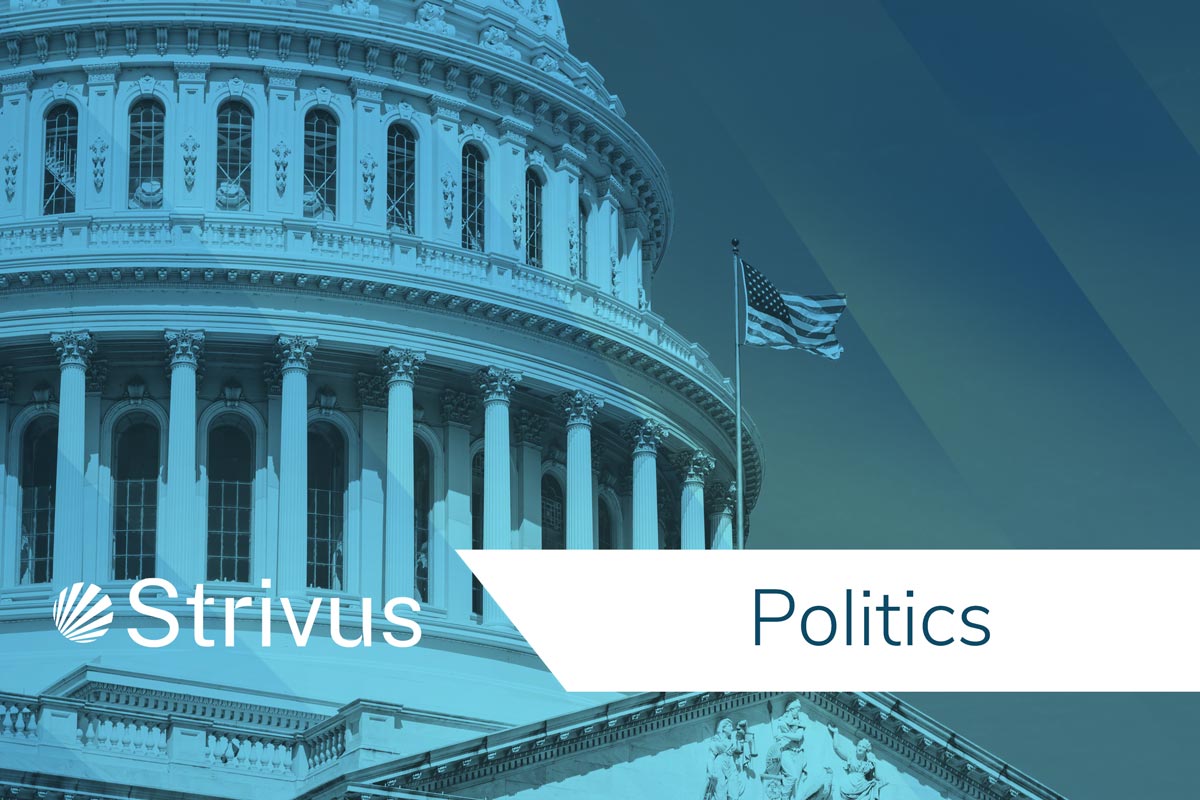Education

2020 “Cares Act” Planning Opportunities

Technically called the Families First Coronavirus Response Act, the shorter acronym for the Bill that was signed into law on Friday, March 27, 2020, is the Cares Act. Cares will impact most Americans to some degree, but what it will mean to you depends on your individual circumstances. For some, it will mean being able to pay the mortgage or rent next month. For others, enhanced unemployment benefits are important.
For investors, Cares opens a window for Financial Planning opportunities not before seen in our lifetimes. Perhaps the item that will affect investors most is a one-year hiatus on Required Minimum Distributions, or RMDs. The entire RMD obligation for most Retirement Plans and IRAs has been waived for 2020. While final details have yet to be ironed out, here is a look at what it could mean.
People born in 1950 or later already received a delay on their RMDs from the Secure Act in 2019, which raised the RMD effective age from 70-1/2 to 72. Now, people born before 1950 have a similar, but one-time opportunity.
Many people withdraw more than their annual RMD, as they need the money to live. These people will not be affected by Cares provisions. However, many others withdraw RMDs from Retirement Accounts only because they would otherwise be penalized. These folks have been presented a one-time financial planning opportunity in 2020.
However, before anyone assumes that proper planning is as simple as skipping their 2020 RMD, an individual analysis may prove more complex. Income Planning in the absence of RMDs allows taxpayers to take advantage of today’s relatively low tax rates, including the potential of a zero tax rate on Capital Gains and Qualified Dividends.
Under the current Tax Code, taxpayers in the lowest two brackets pay no tax on Capital Gains and Qualified Dividends. For 2020, that applies to taxpayers reporting Taxable Income under $80,250 (married filing jointly). This amount includes earnings from employment, taxable Social Security benefits, pensions, and it also includes interest income, dividends, and Capital Gains.
For people who do not need their RMDs, in whole or in part, and may have multiple sources of potential cash flow, planning how much to receive from what source can make a vast difference. Reporting taxable Social Security income is a must, as is pension income. Retirement Account withdrawals are, for this year, optional.
By carefully planning income sources, one might reduce his or her 2020 Taxable Income under the break point, rendering Capital Gains and Qualified Dividends untaxable this year. This may be assisted by cutting back or eliminating RMDs from taxable accounts. If more income is needed, Roth withdrawals could substitute for one year. Brokerage accounts may substitute for other income sources.
People who have already been drawing RMDs in early 2020 are able to repay all or some of those funds, erasing the taxability. This is done by classifying repayments as 60-day Rollovers. As the name implies, only funds withdrawn with the past 60 days are eligible. Further, no other 60-day Rollovers will be allowed for an entire year after repayment of the funds.
Taxes are generally withheld from RMDs, usually at 20% of the RMD value. IRS will not give you that money back in the current year, though it will be credited to your next tax return, the same as all your other withholding. You may reimburse (from other funds) your Retirement Account for the taxes withheld.
Investors with assets in multiple forms should pay particular attention to the year 2020, while they have an opportunity that is unlikely to happen again. If you have reason to believe that Income Planning could serve your needs, we can help.Van Wie Financial is fee-only. For a reason.
